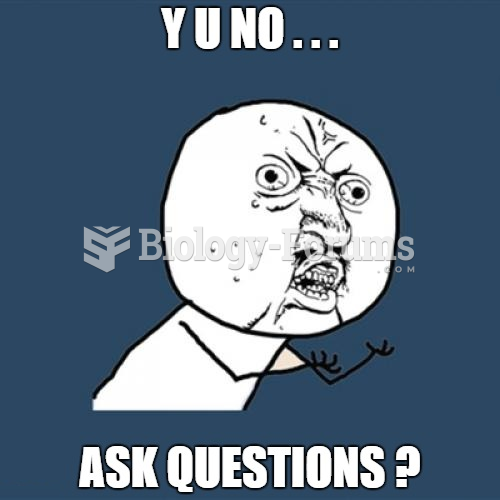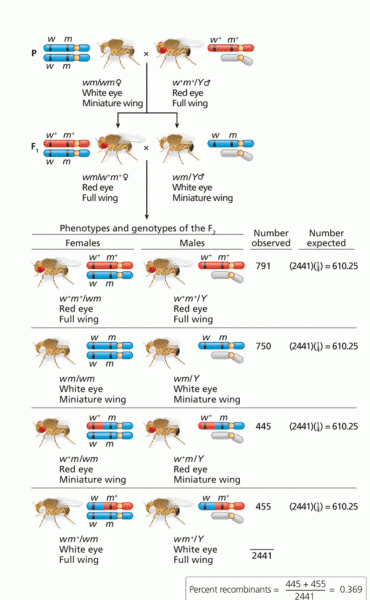Answer to Question 1
It is difficult to agree upon, define, and measure exactly what constitutes good teaching. One group of
economists (Chetty, Friedman,& Rockoff, 2012) followed elementary and high school students over a period of
20 years. They defined good teaching as those teachers who raised children's scores on achievement tests.
Results of their study indicated that good teachers not only raised achievement score tests, but they added
value in other ways to their student's lives, such as long-lasting academic and financial gains. There was a
strong positive correlation between value-added teaching and financial gain at age 28 . Students who had
value-added teachers not only did better on achievement tests but made more money during their lifetimes.
Answer to Question 2
Typically, this approach compares cognitive development to computer systems. Concepts such as encoding,
storage, and retrieval are used to describe how children acquire, remember, and utilize information. This
approach looks at the roles of (1) selective attention, (2) storage and retrieval of information, and (3) strategies
for processing information. Selective attention is an important concept, as it focuses on how the child learns to
screen out irrelevant information and focus on important details. This ability is important for efficient processing
of information and for memory. The information-processing approach also looks at levels of memory. The most
prominent theory of memory divides memory into three stages: (1) sensory memory, (2) short-term memory,
and (3) long-term memory. Sensory memory is a brief sense-based memory that fades within a fraction of a
second. Information that is processed, or attended to, in sensory memory may then be shifted to short-term
memory. This level of memory is our typical working memory. We use it to place new information into longterm memory (through rehearsal and other memory strategies), or we can use it to recall information for use
that is already in memory (such as a phone number or a person's name).







